Samsung Galaxy S7 vs LG G4
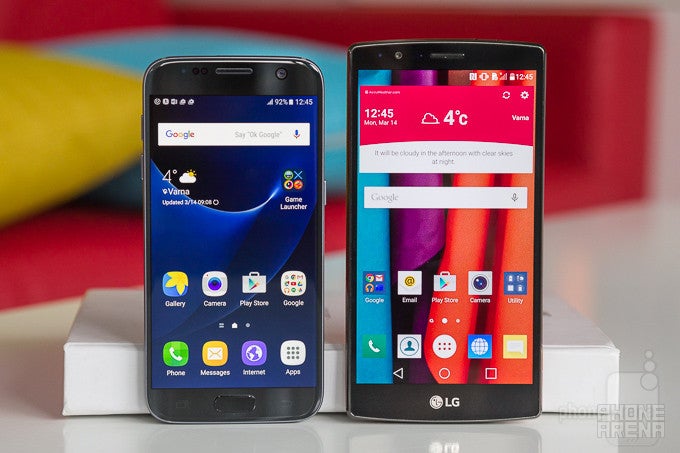
Introduction
For the second year in a row now, Samsung launches a duo of flagship smartphones clad in metal and glass. This time around, the "regular" Galaxy S7 keeps the 5.1-inch screen, while its sibling, the Galaxy S7 edge, is better defined as a device for a whole other niche, thanks to its 5.5-inch display diagonal.
Ever since Samsung re-imagined its smartphone design ideals with the Galaxy S6 and S6 edge in 2015, the manufacturer has been regaining a lot of customer recognition – something that had began to waver back in the Galaxy S5 days.
LG also tried to set itself apart in 2015 by adding a slight curve to its flagship and dressing its back panel in genuine leather. Despite the G4's unique looks and great camera, however, it still couldn't outsell its main competitor – the Galaxy S6. Nonetheless, LG's top-class smartphone has its own strengths and certainly managed to garner its own number of enthusiastic fans.
So, how does Samsung's upgraded flagship compare to the LG's offering from last year? And is the latter still current, when clashing with the bleeding edge tech of today? Let's take a closer look!
Design
LG's response to the metal-and-glass trend of 2015 was to go and design something that uses different materials, yet is still associated with a "premium feel". Sure, the "regular" LG G4 actually has a plastic back, but by now, getting a leather cover for the device is pretty easy thanks to numerous promotions, bundle deals, and price drops — the plastic G4 has almost disappeared from our radar. That said, we find that the leather version definitely has a unique, stylish look and feel to it, and can stand up to the Galaxy S7's refined design.
Samsung built on top of the Galaxy S6's desirable looks by further fine-tuning its shape and fit. While the design materials are pretty much the same shiny metal and glass, the Galaxy S7 certainly fits better in the hand, with its back being elegantly curved on either side, and all of the phone's edges being even softer.
While we are on ergonomics, there's little contest here — the Galaxy S7 is smaller and, as mentioned, fits better in the palms of our hands, making it much easier to operate single-handed. The LG G4's 5.5-inch screen certainly forces the device to take up a bulkier shape, which can sometimes be troublesome for handling. It's worth noting that this wasn't such a big problem with the G3, which had much slimmer bezels and felt better in terms of one-hand operation, so, in that regard, the G4 feels like a bit of a downgrade. The LG G4 is also noticeably thicker than the Galaxy S7, measuring at 0.39 inches (9.8 mm) at its thickest point, whereas Samsung's handset is 0.31 inches (7.8 mm) thin.
The G4 still has its signature curve, though, which does help a lot with the way the phone rests in the user's hand, and also allows it to fit better in one's pocket, when placed with display towards the user's leg. It is still bulkier than the Galaxy S7, sure, but not unmanageable.
In the end, which design you will prefer comes down to two choices – do you favor metal-and-glass slabs, or do you like a unique, curvy, leather-clad handset? And, secondly, are you willing to work with a larger, still fairly ergonomic handset, which has a 5.5-inch display as a plus, or do you prefer a more compact, better fitting in the hand, 5.1-inch device?
Display
In terms of screens, the two smartphones are very different beasts. Starting from the most obvious — size — the Galaxy S7 sticks to the 5.1-inch display diagonal that Samsung chose way back with the Galaxy S5. The LG G4 follows a "more is always better" approach and offers a 5.5-inch screen to its users.
Both displays have a 1440 x 2560 pixel resolution, which gives them a pixel-per-inch density of 576 on the Galaxy S7 and 538 on the LG G4. Needless to day, both screens are very sharp and detailed, and it's impossible for one to spot individual pixels with a naked eye.
Samsung, naturally, uses its own Super AMOLED technology for the Galaxy S7. What this means is that we are treated to a beautiful, lively image representation, with true blacks and very accurate colors. Of course, if you are a fan of the more traditional, punchy and vivid color reproduction of the AMOLED screens, there are a few modes in the Galaxy S7's settings, which will give you just that.
The G4 carries LG's “Quantum Display” IPS display, which was advertised as a high-contrast, high-brightness screen, with lively colors. In reality, we have a cold-ish display that is consistently inaccurate with its colors, missing every target in the sRGB color space, and presenting us with oversaturated reds and greens.
In terms of brightness, both displays are pretty close to each other. The Galaxy S7 can go up to 484 nits, while the LG G4 stops at 454 nits. Both displays are easily viewable under the bright sunlight. Both go down to a minimum of 2 nits, which is great for night-time usage.
Interface and features
LG's UX 4 sticks close to Google's Material Design guidelines and keeps a flat-ish aesthetic with nicely tamed, mature colors for its interface elements. As soon as one drops the notifications shade, opens up the Settings menu, or tries to rearrange their home screen, however, LG's extra features start popping up — mini apps, quick remotes, and the ability to change each app's icon to whatever the user prefers. The customizability is rich, but sometimes daunting.
Still, Samsung's TouchWiz is also famous for packing a ton of features that have arguable practicality for the majority of users. However, Samsung did make an attempt at trimming it down and, more importantly, speeding it up when it released the Galaxy S6, and we are happy to say that the same style can be seen on the Galaxy S7. TouchWiz looks matured, streamlined, and common design elements can be found throughout all of the interface's apps and features. Its settings menu is arranged in a coherent manner, and its animations and executions are snappy.
Both interfaces have features like split screen for side-by-side apps, both give the user the ability to rearrange the quick toggles inside the notifications shade, and both have a briefing app on the leftmost homescreen. The difference is that LG's Smart Bulletin offers the user quick access to settings, schedule, events, LG Health, and other apps and personal items, whereas Samsung's Briefing is a news app, built in partnership with Flipboard.
LG's UX 4 makes use of the virtual navigation buttons at the bottom of the screen, letting the user rearrange them and even add up to two extra buttons in the mix. As previously mentioned, the interface would also let us hand-pick app icons, if we desired to do so, although this feels a bit over the top in terms of customization options. The notifications shade can house shortcuts to the so-called QSlide apps — small apps that launch in floating window mode for multitasking purposes — or QRemote feature — an app that uses the phone's IR blaster to control various household devices – TVs, air conditioners, etc.
Samsung's Galaxy S7 looks a bit simpler at first look, with no mini apps, no IR blaster, and no ability to change the appearance of single items on the home screen. But we feel like this is a good thing. TouchWiz still has deeper layers of functions if one were to look, but, on the surface, the interface looks solid and easy to grasp. It's just better when basic operation is streamlined and extra features don't just pop up constantly to distract us from what we were doing in the first place. Also, aesthetics customizability is much more intelligible thanks to Samsung's Theme Store. The S Health app is a feature-rich, fleshed-out service, which can sync to 3rd party apps and hardware. LG Health, in contrast, is a step and weight tracker. Last, but not least, we have Samsung's Smart Manager, which keeps an eye for abnormal app activity and kills background app processes to save battery (granted, the latter functionality should come to the G4 with Android Marshmallow and its brand-new Doze mode).
Processor and memory
With the G4, LG dropped 2015's popular choice for flagship smartphones — Qualcomm's octa-core Snapdragon 810 — and instead picked the hexa-core Snapdragon 808. This resulted in a drop of performance prowess, as the 810 still showed to be the more powerful chip in benchmarks, despite the overheating and throttling issues it was plagued with. However, the more "stable" Snapdragon 808 at least provided a more predictable, steady performance throughput.
The Galaxy S7 comes in two flavors — the US-bound units carry Qualcomm's quad-core Snapdragon 820, designed in partnership with Samsung, while most of the world will get S7s equipped with Sammy's home-brewed octa-core Exynos 8890. Both of these are built on a 14nm FinFET process, which should ensure high productivity and better energy efficiency in their small package.
Sifting through the benchmarks we can see marginal differences in performance, when comparing the Snapdragon 820-equipped Galaxy S7 to the Exynos 7420-toting Galaxy S6 of last year. Still, the S7 definitely shows better score than the LG G4, which lags behind in almost every benchmark.
In daily usage, we can feel the Galaxy S7 being snappier, while the G4 has the occasional frame drop or stutter through its interface animations. When 3D gaming is involved, the Galaxy S7 is definitely the winner, especially since Samsung put extra emphasis on developing the new Game Launcher, which allows users to manually customize detail levels and other options.
Other components also help Samsung's flagship shine with speed. The UFS 2.0 internal storage chip is blazing fast, and this time around Samsung added a microSD slot for storage expansion – this is something that last year's Galaxy S6 did not have, letting the G4 shine in comparison. Both LG's and Samsung's flagships are sold with 32 GB of on-board memory in the States, expandable via microSD of up to 200 GB on the S7 and 2 TB on the G4.
In the RAM department, Samsung outfitted its new flagship with a generous 4 GB of LPDDR4 memory, while the G4 has 3 GB of the older LPDDR3 variety.
It doesn't take a lot of pondering for one to give Samsung's newest-and-best the win in the battle of hardware speed and prowess, though, it should be noted that if you are a casual user, you definitely won't feel as if the G4 is slowing you down.
Camera
LG and Samsung both have a rich history of only putting the very best in terms of camera sensors and optics in their flagships, and we are happy to say that the G4 and Galaxy S7 make no exception.
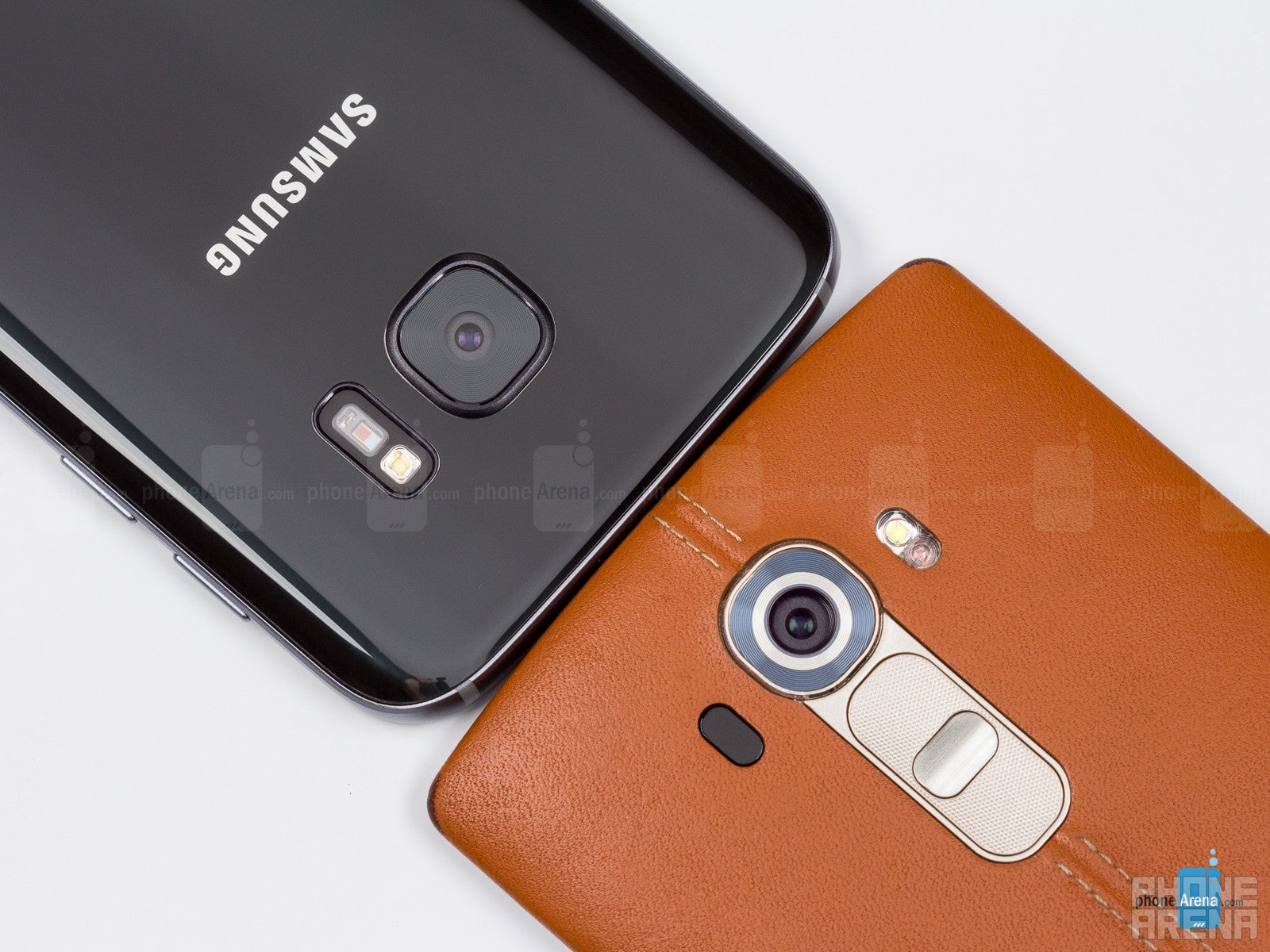
On the software side, we have an impressive assortment of options and features. Both smartphones have a Manual (or Pro) mode for their cameras, giving the user full access to shutter speed, ISO, white balance, and focus. Both handsets also have a camera quick-launch feature – on the LG G4, it's activated with a double-click of the volume down key when the phone is in a sleep state, on the Galaxy S7, it's performed via a double-press of the home button, regardless of phone state.
Sure, one may be perplexed by Samsung's decision to go with a lower resolution sensor this year (the Galaxy S6 had a 16 MP camera), but we know better than to base our conclusion on megapixel count. Indeed, looking at image quality, the two snappers produce competitive stills that are well-exposed, rich in detail, and true to life. The S7's camera is consistently less grainy and provides ever-so-slightly better detail in most scenarios, though its pictures almost always have a yellow-ish tint to them. The G4's camera is also quite the performer and can take some impressive photos, but does have a bit more grain in its stills, when compared to the S7's photos at 100% crop. The LG's camera doesn't have the yellow-ish tint effect, but on the flip side the colors in its images can sometimes end up looking a bit dull or washed-out.
Indoor shots are quite comparable between the two, with the Galaxy S7 having an edge, due to its consistent results and slightly punchier colors. Again, the G4 does a great job, but either misses colors by a bit in specific scenarios, or takes snaps that look a bit too dark when compared to Sammy's offering. As we move to low-light photography, neither smartphone trumps the other as a clear winner. Again, the S7 has an edge due to less graininess and better consistency, but the G4 can most certainly give it a run for its money. Both cameras do great at collecting the faintest amounts of light from a scene, turning it into a comprehensible image.
The Galaxy S7 does win in terms of focus speeds, however. Thanks to the new Dual Pixel tech, Sammy's handset can detect the need to, and change focus blazing fast. The LG G4's laser-assisted autofocus still does a good job, but it just feels outdated and sluggish in comparison.
Turning to video, both smartphones are capable of taking pretty satisfactory clips. Again, Samsung's focus speed really shines here, as you can effortlessly capture moving objects while rolling. LG's camera is a bit more annoying here, as you have to touch to focus instead, and only then do you get the option to start continuous focus. In terms of capabilities, we're looking at 1080p video capture at 30 framers per second (FPS) with both. The Galaxy S7 can do 1080p at 60 FPS, while the G4 can reach 60 FPS only if you drop the resolution to 720p. We also have the, now flagship mandatory, 4K UHD video capture at 30FPS mode with both, and the results with it — and most other shooting modes — are top notch.
Multimedia
Both Samsung's and LG's built-in multimedia apps are great at their job. They are well organized, handy, and run just fine for their intended purposes. Both smartphones' displays are great for video, with the G4 having the benefit of being larger than its competitor. The speakers on both leave something to be desired, though, we tend to favor the Galaxy S7 for its slightly deeper sound. The backside-mounted loudspeaker of the G4 is still surprisingly good for its size and placement, but can sound a bit flat and lack in volume at times.
Both phones' image galleries try to arrange the user's memorabilia in a couple of ways that'd make it easier for one to look through hundreds of pictures. LG's UX allows for pictures to be automatically tagged and bundled as "memories", based on time and location of the photos. Additionally, the user is free to "favorite" photos and have them appear in a separate album. Samsung's Gallery goes an extra couple of miles, as it can deep-search photos for selfies, people, food, animals, scenery, et cetera. So the poweruser award here goes to Sammy.
Call quality
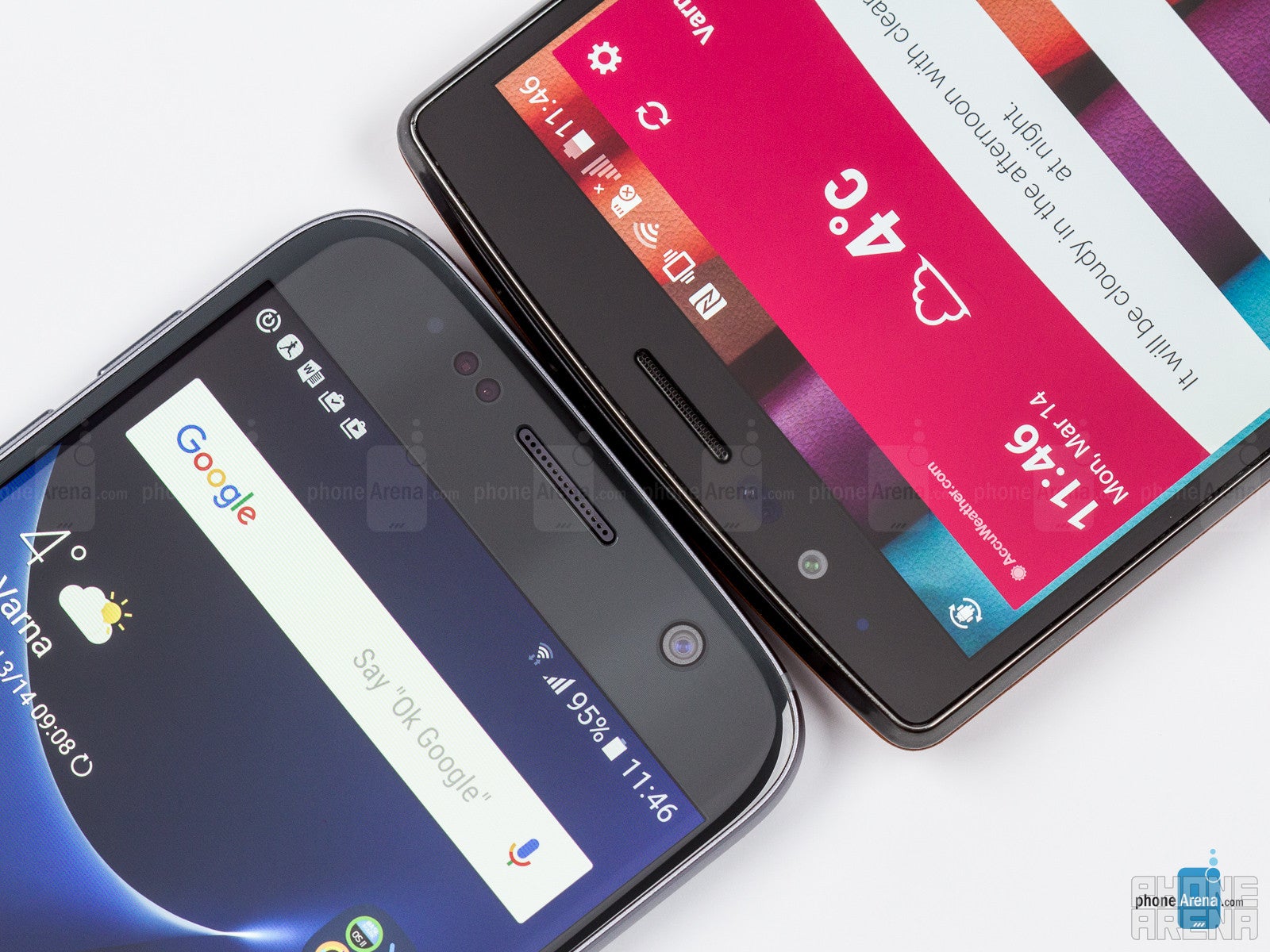
The microphones on both devices are also satisfactory, delivering our speech to our callers with no issues on the other side, though, the Galaxy S7 does tend to do a smidgen better in this scenario. But again, either one of these handsets does a great job at actually being a phone.
Battery life
Samsung's flagship Galaxy S series have never been amazing at working for long times on a single charge. While the Galaxy S7's enormous 3,000 mAh battery looked like a potential cure for this ail, our battery test shows otherwise — the S7 lasted a mere 6 hours and 37 minutes, which is less screen-on time than its own predecessor, the Galaxy S6.
The LG G4 also packs a 3,000 mAh cell, and is also not amazingly impressive in terms of longevity. In fact, it lasted 6 hours and 6 minutes on the very same test. So the battle is quite even on this front.
Now, both smartphones have features, which give them a certain advantage over the other. The LG G4 has a user-replaceable battery, which means that powerusers can carry a spare cell in their pocket, bag, or purse for a quick midday swap. The Galaxy S7, on the other hand, supports wireless charging, so if one outfits their working station with a wireless pad and tends to visit coffee shops, which have set up Qi pads for their customers, they can pretty much keep their phone charged throughout the day as well.
If you are looking for a quick recharge, the Galaxy S7 can go from 0% to 100% in about an hour and a half, while the LG G4 takes slightly longer than two full hours.
Conclusion
There are two reasons why you might be interested in comparing these two handsets. You either own an LG G4 and are interested in upgrading to one of this year's heavy hitters, or are looking for a new phone and are wondering whether it's a good idea to shell out for the shiny new Samsung Galaxy S7, or just go for a discounted, slightly older model in the face of the LG G4.
One doesn't need to keep score in order to see that the Galaxy S7 is a clear winner in this comparison, but hey – it has the benefit of being the newer piece of tech. However, this does not make the G4 obsolete or useless.
If you are a casual user who's looking for something that's not metal, but still has that flagship flair, a great camera, and will do a good job at keeping you connected through social media, email, calls, and texts, without breaking a sweat – the G4 is still a great device to go for, and can currently be had for a great price, too.
However, if you want to have the shiniest, most powerful, most advanced piece of tech that's currently out on the market, there is no doubt that the Galaxy S7 should be among your top choices.
Samsung Galaxy S7
Pros
- Ergonomic design
- Waterproof
- Superior display
- Bleeding edge hardware
- Fingerprint scanner
- Wireless charging
LG G4
Pros
- Unique design with leather back and slight curve
- Bigger screen
- User-replaceable blattery
- Cheaper

Follow us on Google News

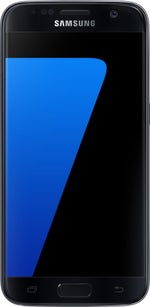
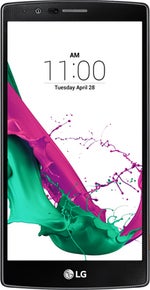





















Things that are NOT allowed:
To help keep our community safe and free from spam, we apply temporary limits to newly created accounts: